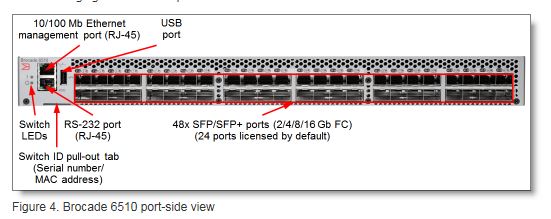

These commands are useful for for Zoning, Show, Port, Time/Date, License, Banner, Password, SNMP, User Config, Firmware, and Miscellaneous. This is why Brocade introduced a fixed area id to port mapping scheme to ensure all area ids are consistent and don't change. This is a list of useful Brocade switch commands that will help you for administration or management operation. When you have a director with let's say two 16-port blades and you later swap the first blade with a 32-port one all subsequent port numbers would change, which is very undesirable. With switches the physical port number and area id is always the same (unless you use pid modes other than one), with directors this is different because a director can use different port blades. The naming is not really consistent here, when you issue a switchshow the area id is shown as index in the first column and the gui seems to call it user port number (not sure here, I seldom use the gui) Any ISL of a switch that goes away from principle switch is a downstream.

Any ISL of a switch that takes to the Principal switch is a upstream. Principal switch ensures that each switch in a SAN have different domain ID. Principal switches maintain unique domain ID across the fabric. The other numbering scheme is called port area id, this one is used for zoning/routing purposes. What is the Principal switch in a Brocade SAN. This number is used for all 'physical' things, like enabling/disabled ports, setting speed and so on.

First the physical numbering where each port is identified by /. Uh, that's an really old thread but maybe it's interesting for others, too.īrocade's directory use two different port numbering schemes.


 0 kommentar(er)
0 kommentar(er)
